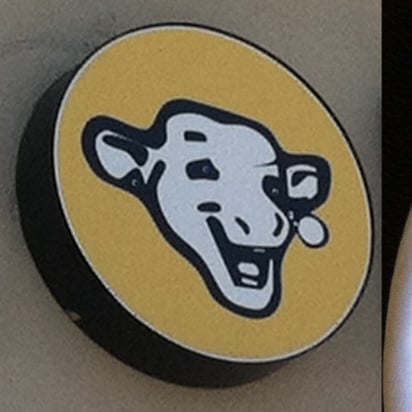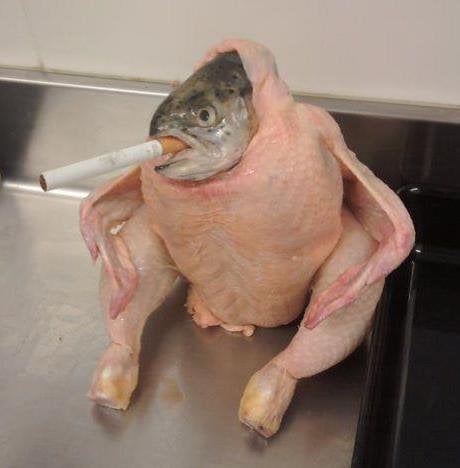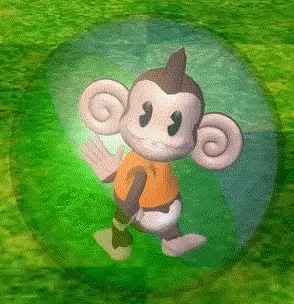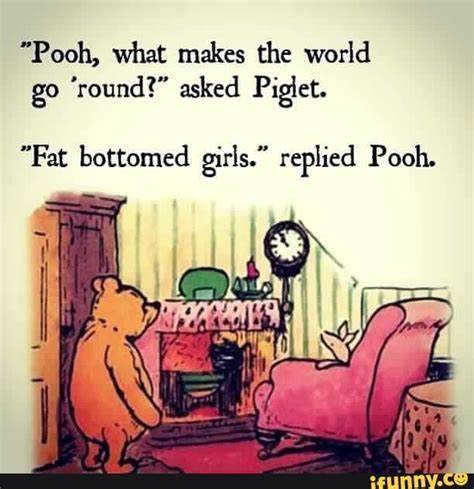Collecting the cassowary eggs more often results in death
Hands off my eggs.
Or what, you’ll cuddle me?
Yes, with my snuggle-talons. It’s a once in a lifetime experience.
Oh. I thought we were gonna make more eggs
Allegedly.
Lego my egg-o

My 30 year old ostrich egg.
I’m no Ostrich expert, but I think that egg is defective if it has yet to hatch in 30 years.
You should get a refund
That’s one hell of a gestation period.
I didn’t know ostriches lived that long.
I didn’t even know she was sick
Shape and color are very different. I assume that’s just normal for the different species, but this one looks almost like it might be transparent. Is that an arm sticking out of the top? How does the size compare to the green ones? Does it rot, or is it just the shell?
It’s a solid milky white colour with some large dimples throughout it. Only really transparent with a strong light source.
It’s the sleeve of my jumper, as for size it’s about 10-15% bigger than en emus from memory, mostly wider than taller.
Hmmm…

First thought
That’s some strange looking pears, that’s for sure.
Fun fact, ostrich eggs are nearing The largest land eggs can physically get, so even the dinosaurs didn’t have much bigger eggs.
What’s the limiting factor?
If I had to guess it’d be the ability for oxygen to diffuse through the shell and reach the embryo?
I got curious and your assumption is correct for one of the limiting factors.
Here is what I found:
- The shell must be strong enough to support the egg’s weight and protect the embryo, but thin enough for the chick to break through when hatching.
- As size increases, the weight grows cubically (volume), but shell strength only increases quadratically (surface area), so there’s a point where the shell would have to be too thick to hatch from.
- The distance from the shell to the center increases.
- Oxygen diffusion becomes inefficient, and the embryo could suffocate.
- Larger eggs are harder to keep at a uniform temperature.
- Birds incubating the eggs would need to generate and distribute more heat, which is physically demanding.
What’s your sources? Begging your pardon, that looks like a perfectly standard GPT answer.
Didn’t think I would find egg facts so interesting… Cool!
That’s eggcellent and I’m eggstatic that you enjoyed. Come back next Easter for more egg facts.
Benedict!
I don’t think I’m doing this right.
Appreciate the share, that’s awesome info
I never even considered that but it makes total sense. Thanks for the great post.
No problem. I get curious myself so figure it nice to share with people that don’t tell me they’re not interested in useless facts.
I think point two may be wrong. The strength of a shell should be proportional to its thickness, which would scale linearly with its size (assuming the shell got thicker in proportion to the size). There’s definitely a point where a self supporting egg requires very thick shells like you said, but the scaling law you gave uses the wrong change.
Here is what I found:
- The shell must be strong enough to support the egg’s weight and protect the embryo, but thin enough for the chick to break through when hatching.
- As size increases, the weight grows cubically (volume), but shell strength only increases quadratically (surface area), so there’s a point where the shell would have to be too thick to hatch from.
- The distance from the shell to the center increases.
- Oxygen diffusion becomes inefficient, and the embryo could suffocate.
- Larger eggs are harder to keep at a uniform temperature.
- Birds incubating the eggs would need to generate and distribute more heat, which is physically demanding.
Any info on why both are GREEN? That’s unexpected. Camouflage, maybe?
I am not an eggspert but after a quick search it seems many bird eggs are green in colour due to a pigment called biliverdin.
Interestingly verde is green in Spanish.
A lot of biological and other scientific terms are actually Latin or some mix of it. Bili means “Bile”. Sources say “verd” in this case comes from French verd an old way to say green (Modern: vert/verte), but in any case the French words still derive from Latin viridis.
Spanish, French, Italian, Portuguese, Romanian, Catalan, and a few other minor languages are all descendants of Latin collectively called the Romance Languages. Speakers of one can often understand a lot of any other of the languages or Latin. Not completely mind you, but enough to get some meaning. Spanish speakers can understand a lot of written Portuguese (but not so much spoken due to pronunciation differences), Italian and Spanish speakers can almost have a conversation spoken or written. Portuguese/Italian/Spanish speakers will have a harder time with French though, they will recognize many written words but not enough to really call it totally understandable, and almost nothing spoken. Etc, etc.
Last 3 points millions of years ago the planet was much warmer with a lot more oxygen so for dinosaurs they would be moot.
Even with it being much warmer I believe it would still be difficult to keep at a uniform temperature.
Maybe it wasn’t as difficult as we think?
Maybe nothing is 🤯
Tell me about whale eggs? 😯
.
Why is that?
Here is what I found:
- The shell must be strong enough to support the egg’s weight and protect the embryo, but thin enough for the chick to break through when hatching.
- As size increases, the weight grows cubically (volume), but shell strength only increases quadratically (surface area), so there’s a point where the shell would have to be too thick to hatch from.
- The distance from the shell to the center increases.
- Oxygen diffusion becomes inefficient, and the embryo could suffocate.
- Larger eggs are harder to keep at a uniform temperature.
- Birds incubating the eggs would need to generate and distribute more heat, which is physically demanding.
Even the land whale?
I too don’t know my left from right but the dark green is an emu egg
Turns out you are right! I was just copying the caption, but I’ll fix it.
They are also single frigging cells. Yet, they have nothing on the largest unicellular organisms, size-wise.
wiki
Good grief, just tell us the size. I skimmed the article and is none the wiser.
The biggest single-celled organism in the world is structured in the same way: an aquatic alga called Caulerpa taxifolia, which can grow to 30cm long. https://www.australiangeographic.com.au/blogs/creatura-blog/2019/04/this-bizarre-bubble-creature-is-a-single-living-cell/
Wait till you see the Kiwi egg
These ones must be hard-boiled.

Used to be my favorite t-shirt…


Who shaves a kiwi fruit?
Don’t want to choke on the feathers.
Bruh…
Reminds me of https://www.timandraka.com/
Someone gave me an emu egg years ago, and I proudly displayed it for a long time. Then I got cats, and realized quickly that I should put it away.
That green look so green you could probably use the egg as a green screen
Therefore an eggscreen

I think he got them from a guy named Sam.
But I want to know-- will be eat them on a train?
How do you even get your hands on a cassowary egg and not die a horrible death. Emu’s are chill as long as you’re a guy
The bright one has a natural QR code
Now we need a Kiwi egg and a diagram of each animal next to each other. Absolute legends of a flightless bird.

Rip whoever birthed the sea urchin.
Which one tastes the best?
That cassowary egg is moving
Not pictured: The angry cassowary mama just offscreen about to eviscerate this person
extant




















